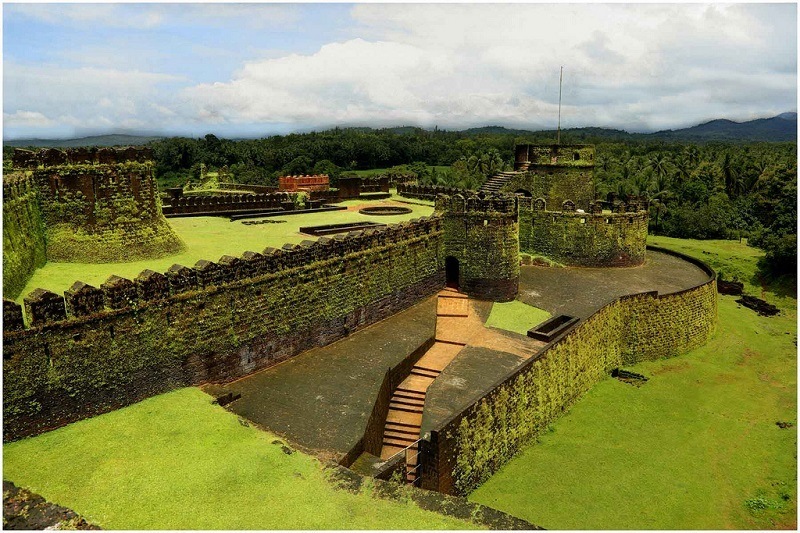Mirjan Fort - History, Timings & Entry Fee
![]() Historical
Historical
 #6 of 9 Places to Visit in Gokarna
#6 of 9 Places to Visit in Gokarna
 Distance (From Gokarna): 22 Kms
Distance (From Gokarna): 22 Kms
 Trip Duration (Including Travel): 2 Hours
Trip Duration (Including Travel): 2 Hours
 Place Location: Between Gokarna & Kumta
Place Location: Between Gokarna & Kumta
 Transportation Options: Bus / Cab
Transportation Options: Bus / Cab
 Travel Tips: None
Travel Tips: None
At a distance of 11 km from Kumta, 22 km from Gokarna, 31 km from Honavar, 59 km from Karwar and 56 km from Murudeshwar, Mirjan Fort is a beautiful fort located in the village of Mirjan near Gokarna. It is one of the most popular heritage places to visit in Gokarna.
Located on the banks of the Aganashini River, a tributary of Sharavathi River, the Mirjan Fort is known for its architectural elegance, and is one of the must include places in Gokarna Tour Packages. Built over an area of about 10 acres, the fort is approached through a series of wide steps that lead to the interiors of the fort. It is a double-walled fort built using laterite stones and has high walls and bastions with high turrets. The fort has four entrances and is surrounded by a moat with interconnected wells.
Mirjan Fort has a rich history and there are many versions of the origin of the fort. According to one version, the fort was built in the 16th century by Chennabhairav Devi, Queen of Gersoppa, a subordinate of Vijayanagar kings. Her reign was one of the longest in the history of female domination in Indian history, from 1552 - 1606. The stronghold of her territory was centered on North and South Kanara districts and South Goa. After the battle of Tallikota in 1565, the territory was attacked by Bijapur Sultans. She shifted the base from Mirjan Fort to a safe location on an island in the middle of the Sharavathi River. In 1757, the Marathas gained control of the fort and later it was seized by the British in 1784.
Currently, the fort is being restored by the Archaeological Survey of India (ASI). In 2001, the ASI carried excavations in the fort and unearthed several laterite structures belonging to the medieval period. Antiquarian findings such as gold coins attributed to Portuguese Viceroy Conde De Sarzedas have been found along with cannon-balls, Chinese porcelain, clay tablets with Islamic inscriptions.
Timings: 8 AM to 6 PM
Entry: Free














